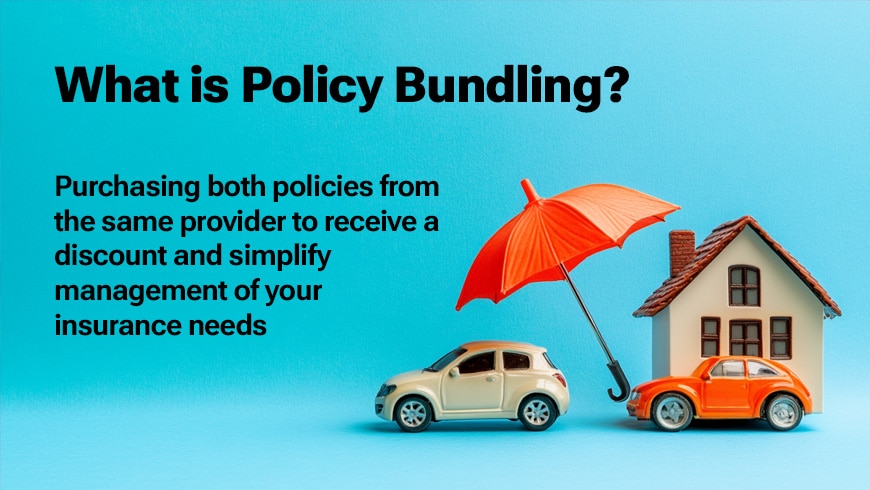Car insurance can be a significant expense for many drivers and one of the top questions consumers ask is how to get a better rate when insuring their vehicle.
There are several ways to potentially lower your premium and keep more money in your pocket. Some are as simple as choosing different policy coverages that cost less, while others are more involved like repairing bad credit.
From keeping your driving record in tip-top shape to choosing a vehicle that is more cost effective to insure, let’s explore some effective strategies to reduce your car insurance costs.
1. Maintain a Clean Driving Record
The most crucial factor in determining your insurance rate is your driving history. By avoiding accidents and traffic violations, you’ll likely see lower premiums. Insurance companies reward safe drivers due to a lower chance of having a claim.
Speeding tickets, stop sign violations, and other traffic infractions are red flags for insurance companies. Responsible drivers are proven to be less risk to insure, and therefore pay less for insurance when compared to higher-risk drivers.
2. Choose a Higher Deductible
Opting for a higher deductible can significantly reduce your monthly premium. A deductible is the amount you agree to pay out of pocket before your insurance coverage kicks in.
When you make the decision to take on more of this potential expense out of your own pocket, it reduces the burden on your insurance company which drops your rate.
However, make sure you can afford the higher deductible if you need to file a claim. It’s a balancing act between immediate savings and potential future costs.
Here’s a quick example:
Let’s say you choose a $1,000 comprehensive and collision deductible rather than a $500 deductible and you hit a guardrail that causes $2,300 in damage to your vehicle.
Your collision coverage would cover the cost to repair the damage. You would pay $1,000 of the repair bill and your insurance company would cover the remaining $1,300.
If you had a $500 deductible, you would only pay $500 out-of-pocket and your insurance company would pay $1,800.
However, by choosing the higher $1,000 deductible, you save $300 a year on the cost of your insurance policy.
In this example, if you go two years without a claim, the savings from the cheaper policy ($300 X 2 = $600) exceeds the extra $500 you pay for a higher deductible. This is the type of calculation that you need to consider when comparing the extra out-of-pocket expense to the savings earned by using a higher deductible.
3. Bundle Your Policies

You’ve probably heard car insurance commercials mention “bundling”, which simply means insuring your home and autos with the same company.
Most companies provide a discount if you bundle your policies, which can end up saving quite a bit of money. However, savings is not always guaranteed. It’s still a good idea to shop your individual home and auto insurance around with different companies and compare the cost of separate policies to bundling.
As an independent agency, many times we found that we could actually save our clients money by placing their coverage with different companies rather than insuring them with the same company.
If your agent is a captive agent like State Farm, however, you won’t have the option to explore other company’s rates with the same agent.
4. Take Advantage of Discounts
Insurance companies offer a variety of discounts that can reduce the cost of car insurance considerably. Are you a good student? There’s a discount for that! Do you have anti-theft devices installed in your car? There may be a discount for that too!
Some other common discounts include:
- Safe driver discount
- Low mileage discount
- Defensive driving course discount
- Loyalty discount
- Military or professional organization discounts
Don’t be shy about asking your insurer about available discounts. If your agent is not completely familiar with your family or personal situation, they may not know which discounts you qualify for.
It’s crucial in the application process that your agent or company representative asks the questions that are needed to determine your qualifications for these potential discounts.
If your agent is not asking these questions, it’s time to find a new agent.
5. Choose Your Vehicle Wisely
The type of car you drive significantly impacts your insurance rate. Sports cars and luxury vehicles typically cost more to insure due to higher repair costs and increased theft risk.
On the other hand, sedans and minivans often have lower premiums. If you’re in the market for a new car, consider its potential insurance costs before making a purchase.
Our website makes it easy to compare the potential cost of insuring many different models and types of vehicles.
A Note on Safety Features
Cars equipped with advanced safety features may qualify for additional discounts. These can include:
- Anti-lock brakes
- Electronic stability control
- Adaptive cruise control
- Lane departure warning systems
6. Improve Your Credit Score
In many states, insurance companies use credit-based insurance scores to determine premiums. By maintaining a good credit score, you may qualify for lower rates.
Why is credit used for determining the price you pay for car insurance? Because it has been shown that drivers with better credit tend to have lower frequency and severity of car insurance claims.
Not all states allow credit to be used as a rate factor, however, so your mileage may vary as far as credit is concerned depending on where you live.
How can you improve your credit score? Pay your bills on time, keep credit card balances low, and avoid opening unnecessary new credit accounts. It can take considerable time to repair damaged credit, so be patient and persistent and monitor your credit score regularly.
7. Shop Around and Compare Quotes

Don’t settle for the first quote you receive! Insurance rates can vary significantly between companies and taking the time to compare rates is one of the biggest returns you can get for the time spent.
There are multiple ways you can compare car insurance quotes, from walking in to your neighborhood agent’s office to shopping online. We highly recommend including an independent agent in the mix, as they can shop your coverage with multiple companies in one stop.
Pro tip: Re-evaluate your insurance needs and get new quotes every year or two. The insurance market is competitive, and rates change frequently.
8. Consider Usage-Based Insurance
Many insurers now offer usage-based insurance programs. These programs use telematics devices to monitor your driving habits, including speed, braking, and mileage.
If you’re a safe driver who doesn’t rack up many miles, this could lead to significant savings. However, usage-based monitoring can also lead to unintended cost increases if the data is not favorable.
Some drivers just do not want their insurance company knowing exactly where they drive and how they drive. It’s a privacy concern for a lot of drivers and it’s not without merit.
Conclusion
Lowering your car insurance rate requires a combination of smart choices and proactive steps. By maintaining a clean driving record, choosing the right vehicle, taking advantage of discounts, and shopping around, you can potentially save hundreds of dollars each year.
Remember, every situation is unique, so what works best for one person may not be the ideal solution for another. Don’t hesitate to speak with your insurance agent to explore all available options for reducing your premium.
 During his career as an independent insurance agent,
During his career as an independent insurance agent,